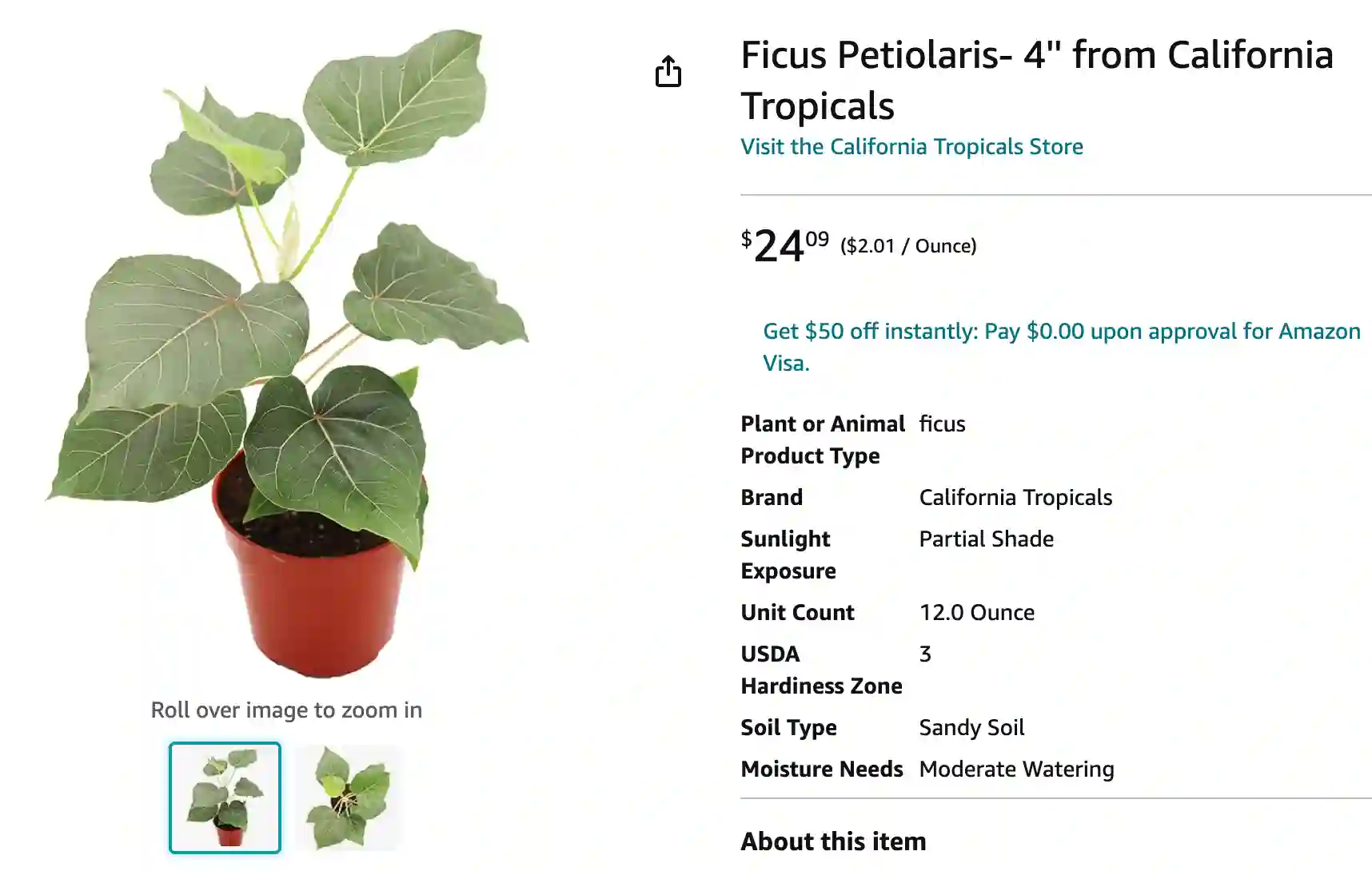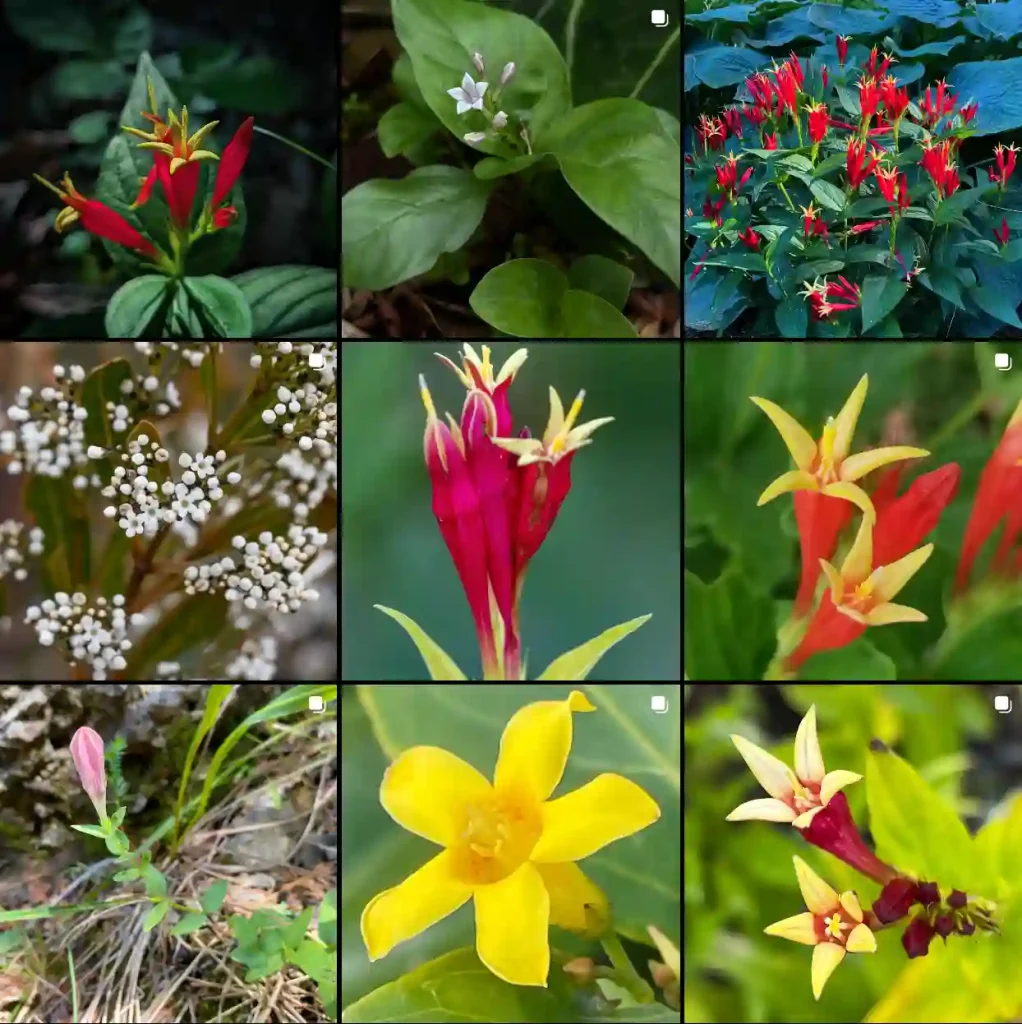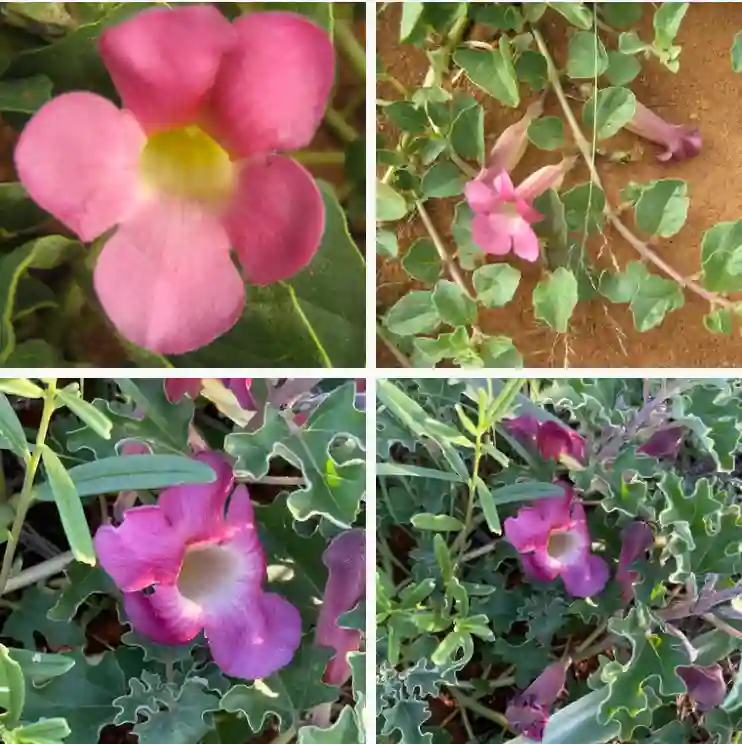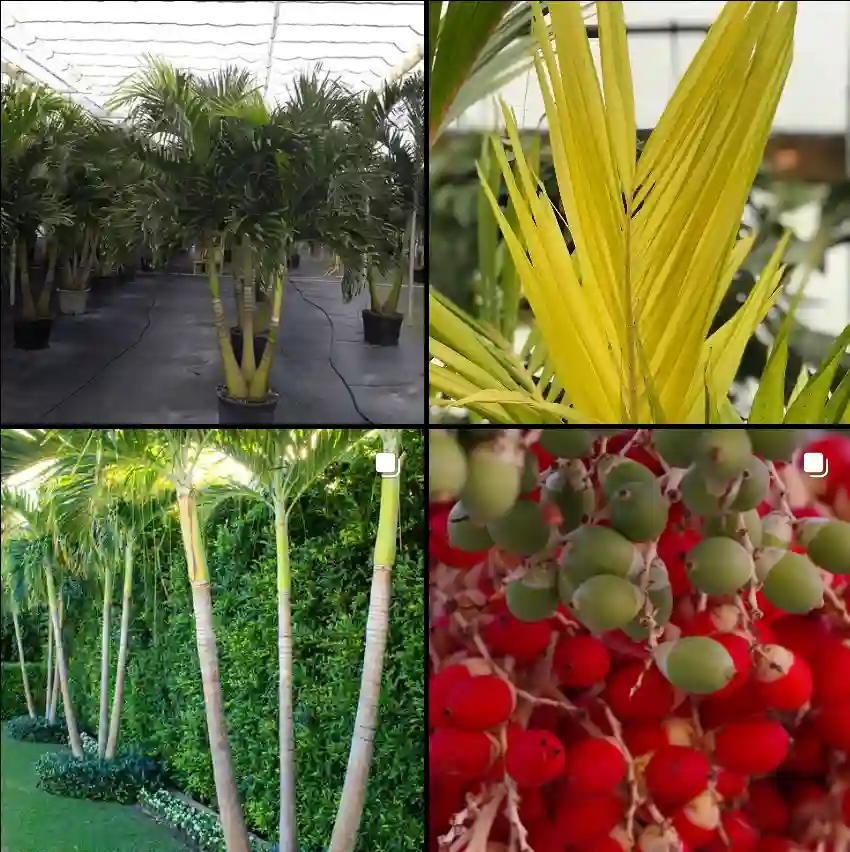
Ficus Petiolaris: A Guide to the Rock Fig
Hi everyone, Ferb Vu here! Today, we’re diving into the fascinating world of the Ficus Petiolaris, also known as the Rock Fig. This unique plant native to Mexico has captured the hearts of plant enthusiasts with its stunning aesthetics and surprising resilience.
Whether you’re a seasoned gardener or a curious beginner, this FAQ will equip you with everything you need to know about caring for your very own Ficus Petiolaris.
880 Species in Genus Ficus
What is a Ficus Petiolaris?
The Ficus Petiolaris is a member of the Moraceae family, closely related to the common fig tree. Unlike its cousin, however, the Rock Fig thrives in arid environments. It’s known for its:
- Distinctive Heart-Shaped Leaves: These glossy green leaves have prominent pink veins, adding a touch of elegance to any indoor space.
- Caudex Formation: Even at a young age, the Ficus Petiolaris develops a caudex, a swollen base that stores water and nutrients. This adds a sculptural element to the plant.
- Winter Dormancy: During colder months, the Rock Fig may lose its leaves and enter a resting period. Fear not, it’ll bounce back with renewed vigor come spring.
Ficus Petiolaris vs. Ficus Elastica (Rubber Plant)
Both the Ficus Petiolaris and the Ficus Elastica are popular houseplants with beautiful foliage. Here’s a quick breakdown to help you decide which one might suit you better:
- Leaf Shape: Ficus Petiolaris boasts heart-shaped leaves, while the Rubber Plant has large, glossy, oval-shaped leaves.
- Light Requirements: The Rock Fig prefers moderate sun or partial shade, whereas the Rubber Plant can tolerate lower light conditions.
- Growth Habit: Ficus Petiolaris has a slower growth rate and can be trained to climb or cascade. The Rubber Plant grows taller and bushier.
- Watering Needs: Both plants require moderate watering, allowing the soil to dry slightly between waterings.
Ultimately, the choice depends on your personal preference and the light conditions in your home.
How to care for Ficus Petiolaris?
The Ficus Petiolaris is a relatively low-maintenance plant, making it ideal for busy plant parents. Here are some key tips for keeping your Rock Fig happy and thriving:
- Light: Provide your Ficus Petiolaris with bright, indirect sunlight. Avoid harsh afternoon sun, which can scorch the leaves.
- Watering: Water deeply when the top inch of soil feels dry to the touch. Avoid overwatering, which can lead to root rot.
- Soil: Use a well-draining potting mix specifically formulated for cacti and succulents.
- Humidity: While the Ficus Petiolaris tolerates average humidity levels, occasional misting can be beneficial, especially during dry winter months.
- Fertilizer: Feed your plant a balanced fertilizer monthly during the growing season (spring and summer). Withhold fertilizer during dormancy.
- Pruning: You can prune your Ficus Petiolaris to maintain its desired shape and size. Pruning also encourages bushier growth.
Common Ficus Petiolaris Problems
Despite its resilience, a few issues can arise when caring for your Rock Fig. Here are some common problems and solutions:
- Leaf Drop: This can be caused by underwatering, overwatering, sudden changes in temperature, or lack of light. Adjust your watering habits, provide adequate light, and maintain consistent temperatures.
- Brown Leaves: This could be due to sunburn, underwatering, or pest infestation. Check for pests and adjust your watering routine.
- Leggy Growth: Insufficient light is the culprit here. Move your plant to a brighter location.
With proper care and a little TLC, your Ficus Petiolaris can become a cherished companion for years to come.
Conclusion
The Ficus Petiolaris is a stunning and adaptable plant that adds a touch of the exotic to any indoor space. With its unique features, low-maintenance nature, and surprising resilience, it’s a perfect choice for plant enthusiasts of all levels. So, if you’re looking for a conversation starter that thrives on a bit of neglect, the Rock Fig might just be your perfect match!
If i die, water my plants!



